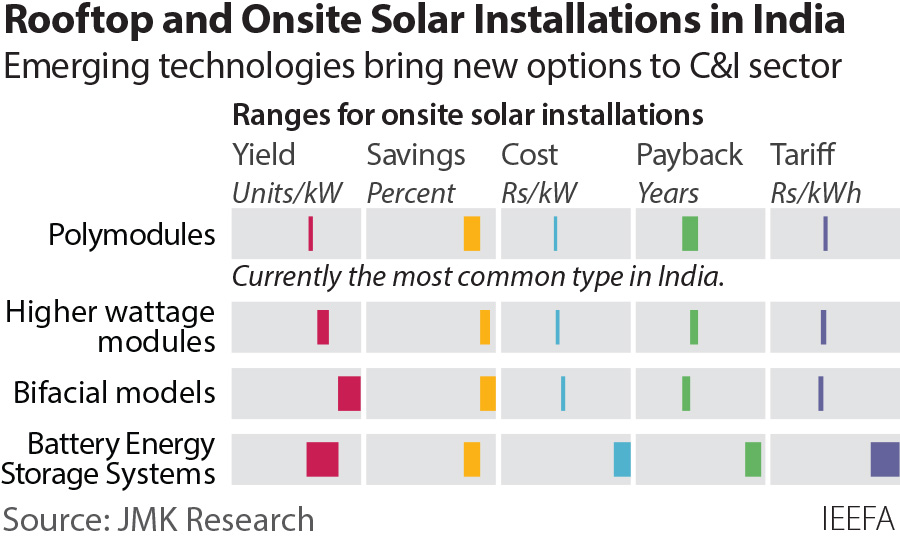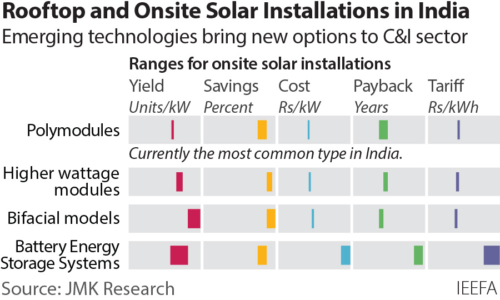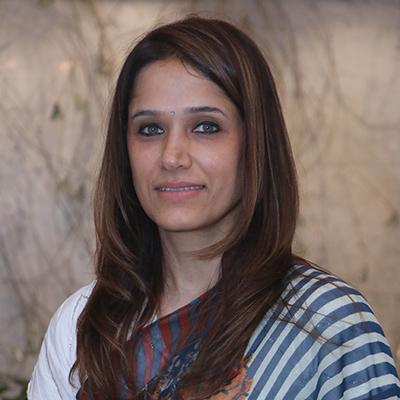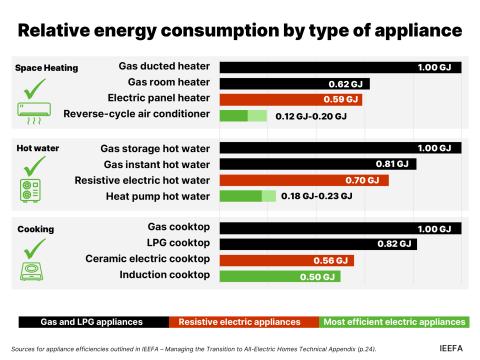IEEFA: Commercial and industrial rooftop solar installs set to increase in India

28 July 2021 (IEEFA India): The rate of rooftop solar capacity addition by commercial and industrial (C&I) consumers in India is expected to accelerate this year, as new and innovative solar technology solutions provide opportunities for businesses to save on electricity costs and contribute to corporate renewable energy targets, finds a new report by the Institute for Energy Economics and Financial Analysis (IEEFA) and JMK Research.
The C&I segment, which represents about three-quarters of India’s rooftop solar market, is expected to add 1,875 megawatts (MW) of new capacity in 2021, an increase of 47% compared to the previous year when the COVID-19 pandemic slowed installation.

“Adoption of onsite solar solutions is the low-hanging fruit for consumers that want to optimise their electricity costs or increase their procurement of renewable power,” says Vibhuti Garg, Energy Economist and Lead India at IEEFA.
“The pandemic has increased the price sensitivity of C&I consumers who already pay higher tariffs to cross-subsidise agricultural and residential consumers. Saving on electricity costs is absolutely critical for them.
“Solar module and battery prices have already fallen, and with the government’s new Production Linked Incentive (PLI) scheme to boost domestic solar manufacturing, solar technology prices are expected to drop even further.”
Solar module and battery prices have already fallen, and are expected to drop further
Other factors expected to boost uptake of rooftop solar by C&I consumers are more accessible financing options and corporates wanting to switch to 100% renewable energy to meet their RE100 commitments.
The report highlights new technological developments being explored in the Indian C&I rooftop/onsite solar space such as larger-sized, wafer-based modules which allow higher power output of more than 500 kilowatts peak (kWp); bifacial modules which produce power from both sides of the panel; battery storage; integration of solar PV with electric vehicle (EV) charging stations; and building integrated photovoltaics (BIPV).
Lead author Jyoti Gulia, founder of JMK Research says the report provides case studies of projects in India that have applied these emerging technologies.
“Some of these solutions such as higher-wattage modules and bifacial modules offer considerable value-addition in terms of energy generation,” says Gulia.
The report notes that when higher-wattage modules are used for onsite solar installations in India, plant generation increases by 1% while balance of system (BOS) costs – everything in the solar system except the modules – reduce by 1%. These benefits are even greater for sites with space constraints.
“As identified in the report’s case studies, bifacial modules increase total energy generation by 4-5% compared with a project equipped with monofacial modules, and so reduces the levelised cost of energy (LCOE),” says Gulia.
With battery prices expected to fall dramatically to US$100/kWh by 2023, solar+battery storage rooftop projects are also likely to pick up pace.
There is also a huge opportunity for rooftop solar+Battery Energy Storage Systems (BESS) to replace diesel gensets, which represent 90 gigawatts (GW) of aggregate capacity in behind-the-meter applications in India.
Combining rooftop solar with storage and EVs is a cost effective solution
IEEFA’s distributed energy resources (DER) specialist Dr Gabrielle Kuiper says other nascent onsite technological models likely to be explored by developers in India include rooftop solar integrated with electric vehicle (EV) charging stations and the adoption of building integrated photovoltaics (BIPV).
“Government policy initiatives are already boosting the adoption of EVs,” says Kuiper. “Combining rooftop solar with storage and EVs is a cost effective solution.
“And BIPV presents an attractive long-term opportunity for corporates that are planning to set up new commercial buildings and offices in India.”
Read the report: Emerging Technology Trends in the C&I Rooftop Solar Market in India
Media contact: Rosamond Hutt ([email protected]) +61 406 676 318
Author contacts: Vibhuti Garg ([email protected]); Jyoti Gulia ([email protected]); Gabrielle Kuiper ([email protected])
About IEEFA: The Institute for Energy Economics and Financial Analysis (IEEFA) examines issues related to energy markets, trends, and policies. The Institute’s mission is to accelerate the transition to a diverse, sustainable and profitable energy economy.















